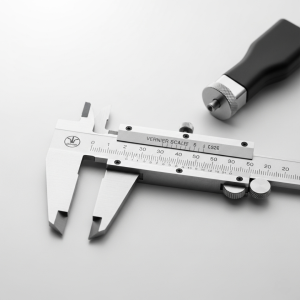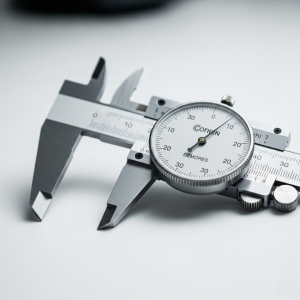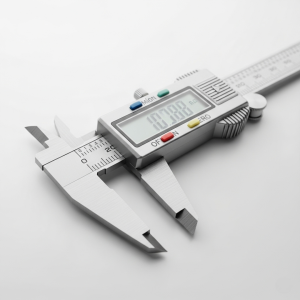How Do Calipers Work? A Simple Guide to Precision Measurement
f you’re in the world of metalworking, carpentry, machining, or even DIY projects, you’ve probably asked yourself: how do calipers work? These versatile measuring tools are essential for anyone who needs precise measurements of objects, from the outside diameter of a pipe to the depth of a hole. In this post, we’ll explain how calipers function, explore their different types, and offer tips for accurate usage all while keeping it simple and beginner-friendly.
What Are Calipers?
Calipers are precision instruments designed to measure the distance between two opposite sides of an object. What makes calipers unique is their ability to measure in multiple ways:
- Outside dimensions – such as the width or diameter of an object
- Inside dimensions – like the internal diameter of a pipe or hole
- Depth – useful for measuring recesses or slots
They are commonly used in manufacturing, mechanical engineering, woodworking, and quality control processes.
Types of Calipers
There are several types of calipers available, each with a unique way of displaying measurements. Choosing the right one depends on your needs and experience level.
1. Vernier Caliper

This classic style uses a sliding scale called a Vernier scale. It allows precise measurements, typically to 0.02 mm or 0.001 inches. While reading them requires a bit of practice, they don’t rely on batteries and are durable and reliable.
2.Dial Caliper

Dial calipers display measurements using a dial and a needle. As you move the sliding jaw, the needle rotates, showing finer measurement increments. These are generally easier to read than Vernier calipers and are commonly used in machine shops.
3. Digital Caliper

Digital calipers are the most user-friendly. They feature a digital display that gives you instant, accurate measurements. You can switch between metric and imperial units at the push of a button, making them ideal for beginners or anyone working across measurement systems.
How Do Calipers Work?
The fundamental operation of a caliper involves sliding jaws that measure the space between two points. Here’s a breakdown of how calipers work:
- Insert or place the object between the appropriate jaws (external, internal, or depth rod).
- Slide the movable jaw until it fits snugly against the object.
- Read the measurement:
- On a Vernier caliper, align the scale and read the value.
- On a dial caliper, read the dial and add to the main scale.
- On a digital caliper, simply read the value on the screen.
Calipers are incredibly precise and can measure down to hundredths or even thousandths of an inch or millimeter.
When to Use Calipers
Calipers are indispensable in situations where precision is crucial. This includes:
- Measuring mechanical parts for manufacturing
- Quality inspection in factories
- Measuring internal or external diameters
- Checking tolerances in assembly
Even in woodworking or 3D printing, where dimensions must match a plan exactly, calipers are a valuable tool.
Tips for Using Calipers Accurately
- Zero the caliper before each use to ensure correct readings.
- Keep the tool clean dust or debris can affect the results.
- Apply consistent pressure don’t force the jaws.
- Store calipers carefully to avoid damage or misalignment.
Regular calibration and careful handling ensure long-term accuracy and durability.
How Do Calipers Work and Where to Get Them
To recap: how do calipers work? They use sliding jaws and either mechanical or digital scales to give highly accurate internal, external, or depth measurements. Whether you choose a Vernier, dial, or digital caliper, this tool is essential for anyone who values precision in their craft.
If you’re looking for high-quality, durable calipers for industrial or personal use, Can Star Industrial offers a wide selection of measurement tools trusted by professionals across industries. Start measuring with confidence and choose tools built to last.
